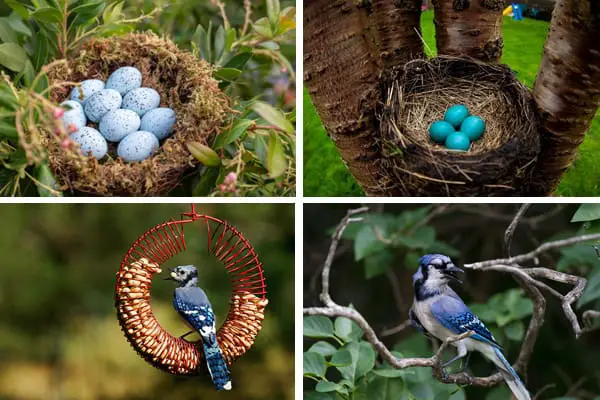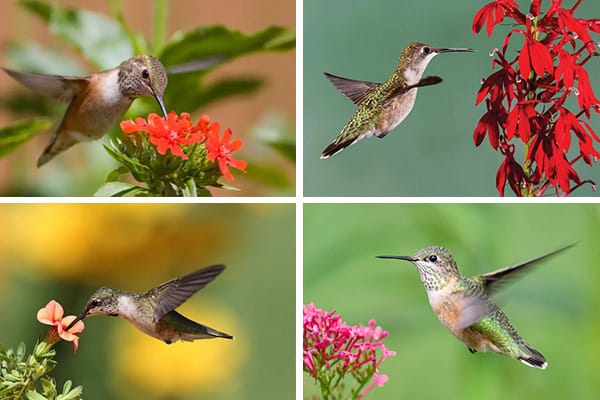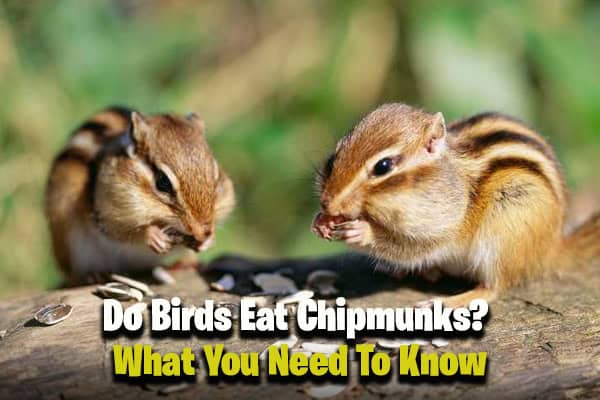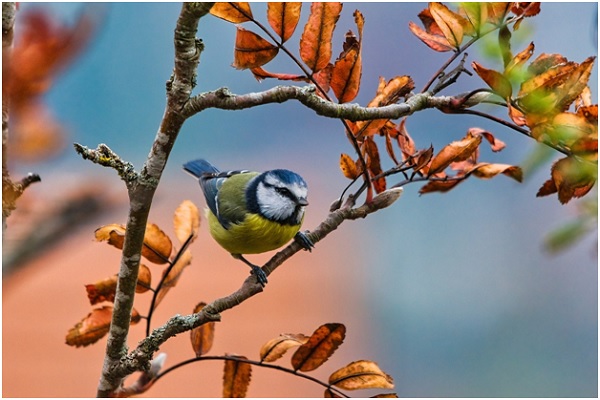How to Attract Hummingbirds? 10 Expert Tips
Are you curious to know How to Attract Hummingbirds in your backyard? Tiny and colorful hummingbirds are loved by people who enjoy watching birds and gardening. By following some expert advice, you can attract these lovely birds to your garden. Here are 10 tips to help you make your garden a welcoming place for hummingbirds.
Tip 1: Choose the Right Hummingbird Feeders
To attract hummingbirds to your garden, you need to choose the right feeders. Here are some key things to think:
- Color Matters: Hummingbirds are attracted to bright red colors, so look for feeders with red parts. This will help them spot the feeder from a distance. However, avoid feeders with yellow accents, as these might attract bees instead.
- Easy to Clean: Choose feeders that are easy to take apart and clean thoroughly. This will help prevent mold and bacteria from growing, which can harm the hummingbirds.
- Ant Moat: Look for feeders with an ant moat, a small channel that prevents ants from crawling up the feeder. This will keep your feeder ant-free and ensure the hummingbirds can feed safely.
- Multiple Ports: Opt for feeders with multiple feeding ports. This allows several hummingbirds to feed at the same time, making it a more social and enjoyable experience for them.
By following these steps, you can create a welcoming atmosphere for hummingbirds in your garden.
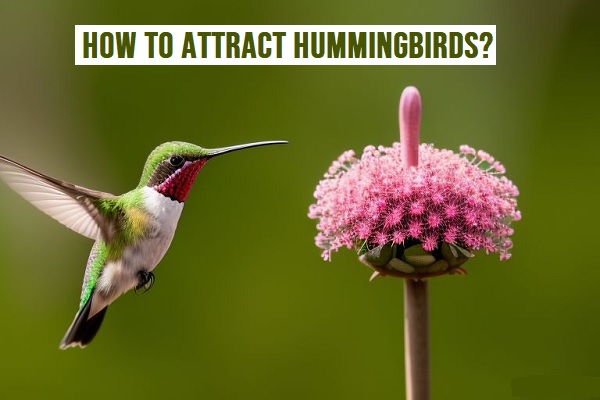
Tip 2: Create Your Own Hummingbird Nectar
Making your hummingbird nectar is simple and beneficial for these tiny birds. Here’s how you can do it:
- Mixing Ratio: Combine four parts of water with one part of white sugar. This creates a safe and nutritious nectar for the hummingbirds to enjoy.
- Boil the Mixture: Heat the mixture by boiling it for 2 minutes. This helps slow down fermentation and prevents mold from growing in the nectar.
- Cool Before Use: Allow the nectar to cool down before filling the feeders. This ensures the nectar is at a safe temperature for the hummingbirds to consume.
- Avoid Harmful Additives: Do not use honey or artificial sweeteners in the nectar. These can be harmful to hummingbirds and may cause health issues.
By following these steps, you can provide healthy and tasty nectar for the hummingbirds in your garden.
Tip 3: Use Natural Nectar Sources
To attract hummingbirds naturally, plant flowers that are rich in nectar. Here’s how you can do it:
- Plant Diversity: Grow a variety of nectar-rich flowers in your garden. This will offer hummingbirds a natural and abundant food source.
- Choose Native Plants: Prioritize native plants in your garden. These plants are better suited to the feeding habits and tastes of the hummingbirds in your area.
- Tubular Flowers: Opt for flowers with tubular shapes. These types of flowers are known to attract the most hummingbirds due to their unique structure that accommodates the birds’ feeding preferences.
By incorporating these natural nectar sources into your garden, you can create a welcoming habitat for hummingbirds to thrive and enjoy.
Tip 4: Plan Your Garden Blooms
Make sure your garden has flowers blooming from early spring to late fall for the hummingbirds. Here’s how you can do it:
- Continuous Blooms: Have plants that flower at different times to keep the food source consistent for the hummingbirds.
- Seasonal Schedule: Plan your garden with flowers that bloom in each season:
By planting a variety of flowers that bloom throughout the year, you can provide a steady supply of nectar for the hummingbirds to enjoy.
Tip 5. Stay Away from Pesticides
Firstly, it’s important to keep your garden free of pesticides. These chemicals can harm the tiny and fragile hummingbirds.
Secondly, you should use natural ways to deal with unwanted bugs. This means doing things like planting certain flowers that bugs don’t like or using safe homemade sprays.
Lastly, try to make your garden inviting for birds that eat insects. These birds are like natural pest controllers. When they come around, they’ll help reduce the number of pests in your garden.
By following these steps, you’ll have a garden that’s safe for hummingbirds and free from too many pests!
Tip 6. Provide Perches
Providing perches for hummingbirds is a wonderful way to make your garden more inviting for these tiny, energetic birds. Here are some tips to create perching spots:
- Use Natural Materials: Incorporate thin branches from pruning or natural vegetation that hummingbirds can use to perch on.
- Install Hummingbird Swings: These are specially designed swings that provide a stable perch for hummingbirds to rest and survey their surroundings.
- Place Near Feeders: Position perches close to feeders so hummingbirds can easily rest between feedings.
- Ensure Visibility: Hummingbirds like to have a clear view of their territory, so place perches where they can easily see around them.
- Safety First: Make sure perches are placed away from areas where predators could easily reach them.
By following these tips, you’ll likely see hummingbirds taking advantage of the perches to rest and preen, making your garden a hummingbird haven. Enjoy watching these beautiful creatures as they visit your garden!
Tip 7: Offer Water
Offering water is a great way to attract hummingbirds. These tiny birds need to bathe frequently and enjoy the droplets that collect on leaves or other surfaces. Here are some tips to make your water source hummingbird-friendly:
- Use a shallow bird bath: Hummingbirds prefer shallow water sources, so a birdbath with a gentle slope and a depth of no more than an inch or two is ideal.
- Add movement: The sound and sight of moving water can be irresistible to hummingbirds. Consider adding a drip fountain attachment or a fine misting device to your birdbath.
- Keep it clean: Just like their feeders, hummingbird water sources need to be kept clean to prevent the spread of disease.
- Place near feeders: Positioning your water source near hummingbird feeders can make it easier for them to find and use.
- Provide perching spots: Hummingbirds like to perch near water sources, so include some branches or wires for them to rest on between sips and baths.
Tip 8. Build a Safe Spot
Hummingbirds need safe spots to make their homes and stay away from animals that might hurt them. Thick bushes or trees are great because they give hummingbirds a place to hide. You can also put up little houses made just for hummingbirds. This way, they might choose to live in your garden.
Tip 9. Keep Feeders Clean
That’s a great tip for maintaining bird feeders! Keeping feeders clean is essential for the health of the birds. The 1:4 ratio of white vinegar to water is an effective way to sanitize and prevent the growth of harmful bacteria. Just make sure to rinse the feeders well with fresh water after cleaning to remove any vinegar residue.
Tip 10: Be Patient and Consistent
Attracting hummingbirds requires patience and dedication. Here’s how you can ensure a successful experience:
- Consistency is Key: Keep your hummingbird feeders clean and filled regularly. This will ensure that the hummingbirds know where to find food and will continue to visit your garden.
- Year-Round Maintenance: Maintain your hummingbird-friendly habitat year-round. This includes keeping your plants healthy and blooming, as well as ensuring your feeders are clean and filled.
By being patient and consistent, you can create a welcoming environment for hummingbirds and increase your chances of attracting these beautiful birds to your garden

